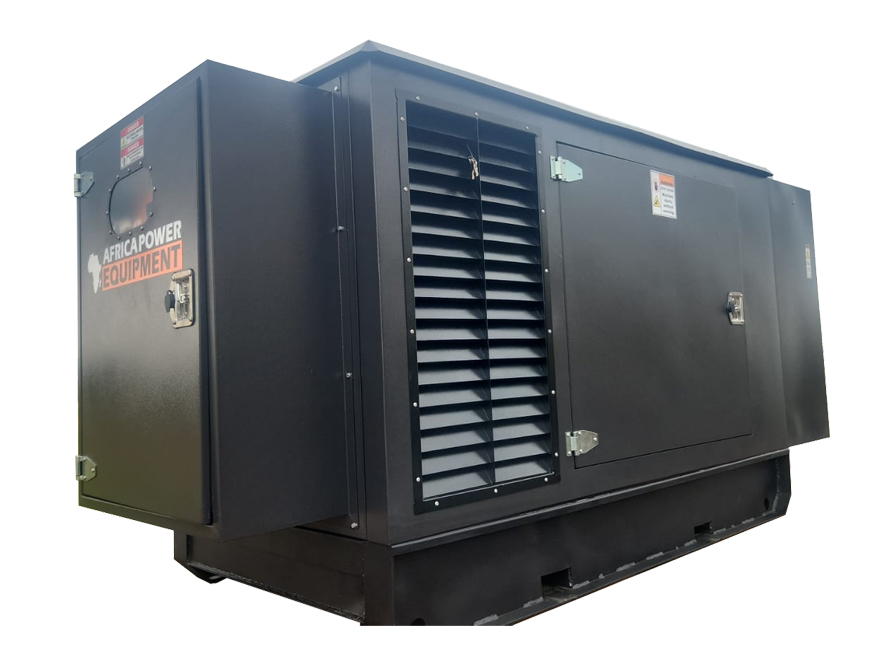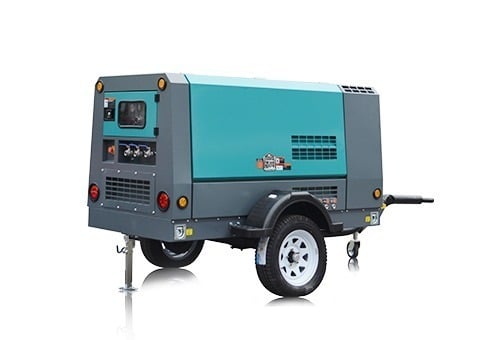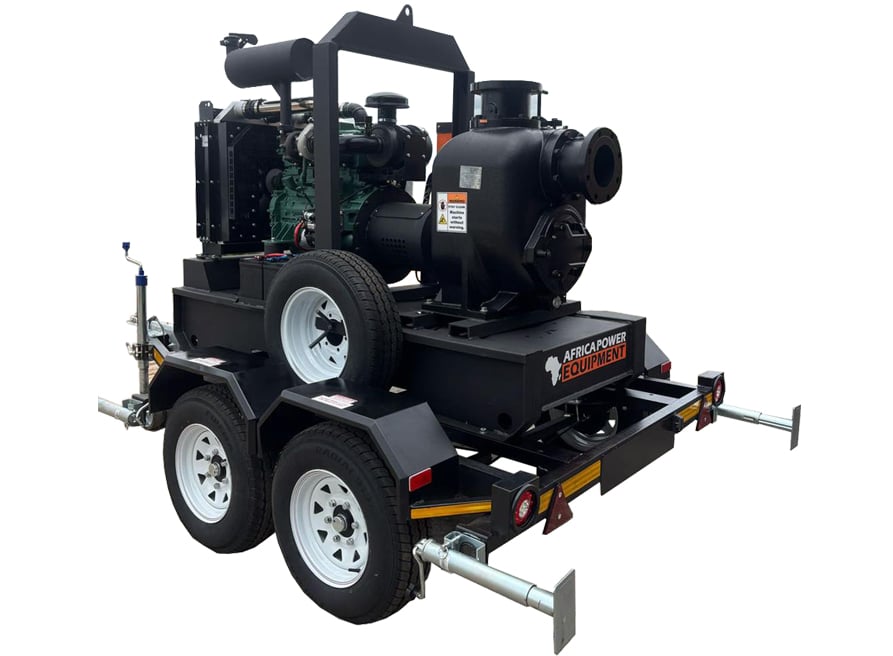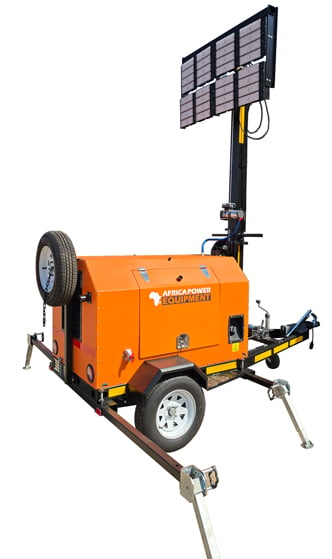How Do Pressure Switches Work in Water Pumps?
If you use a water pump for home water supply, irrigation, or boosting pressure, you’ve probably come across a pressure switch. But what exactly does it do—and how does it help your system operate efficiently?
In this guide, we’ll explain how pressure switches work, the different types available, common issues, and how to set or adjust one safely.
✅ Quick Answer
A pressure switch monitors the water pressure in your system and automatically turns the pump on or off to maintain a set pressure range. When pressure drops below the “cut-in” level, the switch activates the pump; when it reaches the “cut-out” pressure, the switch stops the pump.
⚙️ How a Pressure Switch Works: The Basics
A pressure switch consists of:
-
Spring-loaded diaphragm or piston that reacts to pressure changes
-
Electrical contacts that open or close based on pressure thresholds
-
Adjustable screws for setting pressure ranges
📉 Cut-In Pressure
This is the low-pressure point where the pump switches on. For example: 2.0 bar.
📈 Cut-Out Pressure
This is the high-pressure point where the pump switches off. For example: 3.5 bar.
👉 Common default range: 2.0 bar (cut-in) to 3.5 bar (cut-out) in domestic systems.
🧪 Real-World Example
You install a booster pump with a pressure switch set at 2.0–3.5 bar. As soon as someone opens a tap and pressure drops below 2.0 bar, the pump turns on. When all taps close and pressure rises back to 3.5 bar, the switch turns the pump off automatically.
This ensures constant pressure without overworking the pump.
🔄 Types of Pressure Switches
| Type | Use Case | Features |
|---|---|---|
| Mechanical | Most common in domestic systems | Simple, affordable, easy to adjust |
| Digital/Electronic | Smart homes or industrial systems | Programmable settings, sensors |
| Differential Switches | Irrigation or variable applications | Precise control over pressure difference |
🛠️ How to Adjust a Pressure Switch
⚠️ Warning: Always turn off power before adjusting.
-
Locate the two spring-loaded screws inside the switch housing.
-
Turn the main screw clockwise to increase both cut-in and cut-out pressures.
-
Turn the secondary screw to adjust the pressure differential (the gap between on/off).
-
Reconnect power and test system performance.
🎯 Example:
-
Main screw raised from 2.0 bar to 2.5 bar
-
Differential adjusted for a new cut-out of 4.0 bar
🔍 Common Pressure Switch Problems
| Issue | Cause | Solution |
|---|---|---|
| Pump won’t start | Faulty diaphragm or wiring | Replace switch or check connections |
| Pump won’t stop | Switch stuck, wrong settings | Clean contacts, re-calibrate |
| Rapid cycling | Waterlogged pressure tank | Check tank air pressure |
| Inconsistent pressure | Debris in switch or sensor | Clean or replace switch |
💡 Pro Tips
-
Install a pressure gauge nearby for easy troubleshooting.
-
For larger systems, use a control box with dry run protection.
-
Regularly inspect terminals for corrosion or dirt buildup.
-
Replace older mechanical switches every 3–5 years for reliability.
🔗 Internal Linking Opportunities
📌 Conclusion
Pressure switches are small but essential components that control your water pump’s activity. Understanding how they work allows you to troubleshoot issues, improve system efficiency, and avoid unnecessary pump wear or energy waste.
Need a reliable pressure switch or water pump setup?





